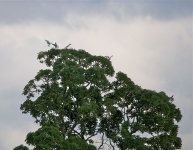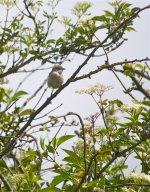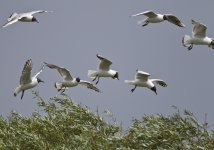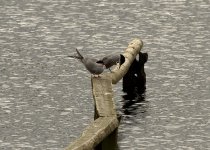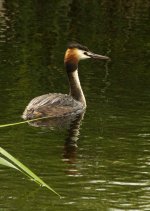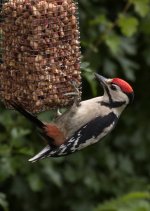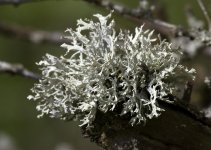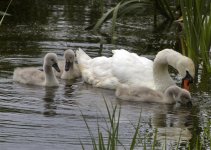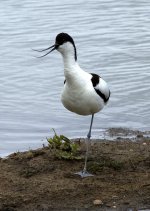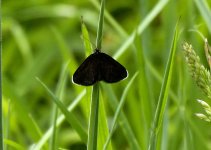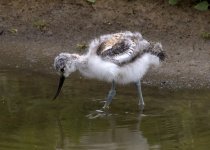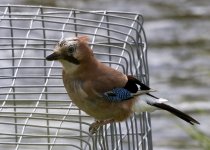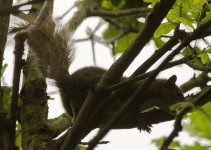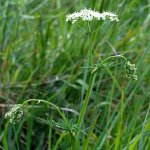upstarts1979
Well-known member
BHG behaviour
Love them or loathe them they are never boring.
Yesterday and today I notice some strange behaviour from this species and they seem to be getting more erratic by the day.
When you approach the first flash hide you are welcomed by a squadron of parents that leap out of the nearby breeding rafts. They don't quite dive bomb you but they certainly let you know that they are there and follow you up to the screening panels. From here the main colony take over and are often joined by some of the avocets. Yesterday however, this reaction turned into mass panic, the likes of which are only brought about by fox incursions.
I quickly ran to the main hide expecting the worse, but all I could see were BHG attacking BHG chicks that were swimming between islands, its as if the colony has been infected with a blood-lust and any chick that moved was attacked. Shortly after arriving in the hide, a group of LBBG passed over and the onslaught switched from the chicks to the avian intruders. Quickly repelling the invaders, they returned to 'chick bashing'.
The BHG regularly and relentlessly attack chicks that have wondered from their nest site, even if the parents are accompanying them they will continue and small chicks are easily killed. Today even well grown young were attacked and attempted to be drowned, the 'brawl' attracted nearby avocets that joined in. This may be a form of infanticide on a grand scale and certainly aids population control, they seem to have too much time on their hands and are out to cause havoc (the jackdaw's of the gull world).
Another example of the BHG strange behaviour was when the male peregrine flew through, the gulls panicked in all directions. The peregrine's next sortie saw the gulls instantly drop on to the water and silently freeze to the spot, the is the only time their raucous calls stopped all the time I was there.
B john
john
Love them or loathe them they are never boring.
Yesterday and today I notice some strange behaviour from this species and they seem to be getting more erratic by the day.
When you approach the first flash hide you are welcomed by a squadron of parents that leap out of the nearby breeding rafts. They don't quite dive bomb you but they certainly let you know that they are there and follow you up to the screening panels. From here the main colony take over and are often joined by some of the avocets. Yesterday however, this reaction turned into mass panic, the likes of which are only brought about by fox incursions.
I quickly ran to the main hide expecting the worse, but all I could see were BHG attacking BHG chicks that were swimming between islands, its as if the colony has been infected with a blood-lust and any chick that moved was attacked. Shortly after arriving in the hide, a group of LBBG passed over and the onslaught switched from the chicks to the avian intruders. Quickly repelling the invaders, they returned to 'chick bashing'.
The BHG regularly and relentlessly attack chicks that have wondered from their nest site, even if the parents are accompanying them they will continue and small chicks are easily killed. Today even well grown young were attacked and attempted to be drowned, the 'brawl' attracted nearby avocets that joined in. This may be a form of infanticide on a grand scale and certainly aids population control, they seem to have too much time on their hands and are out to cause havoc (the jackdaw's of the gull world).
Another example of the BHG strange behaviour was when the male peregrine flew through, the gulls panicked in all directions. The peregrine's next sortie saw the gulls instantly drop on to the water and silently freeze to the spot, the is the only time their raucous calls stopped all the time I was there.
B





